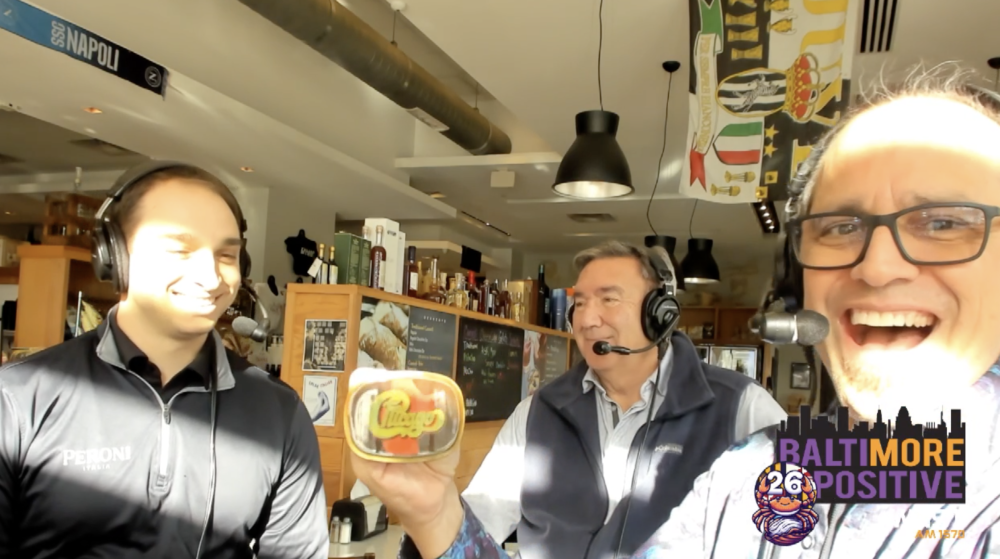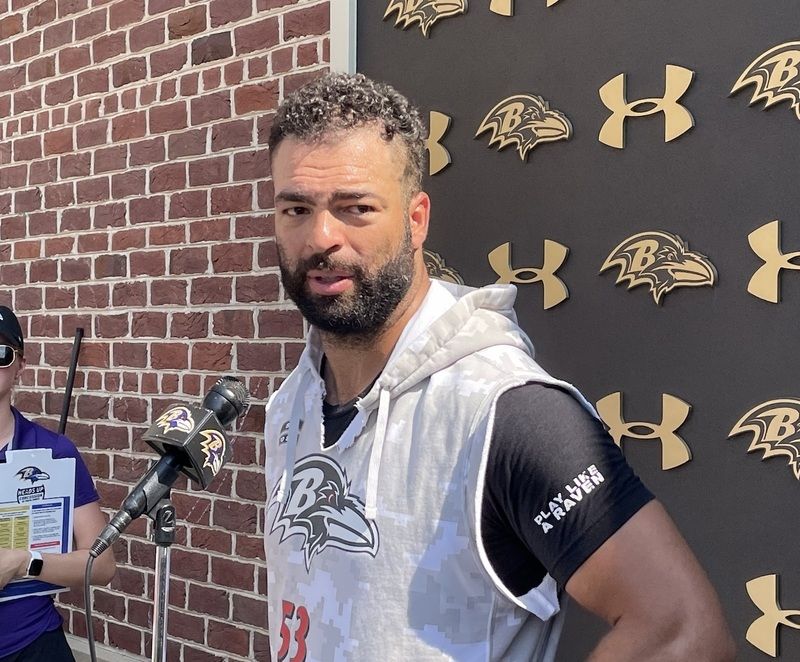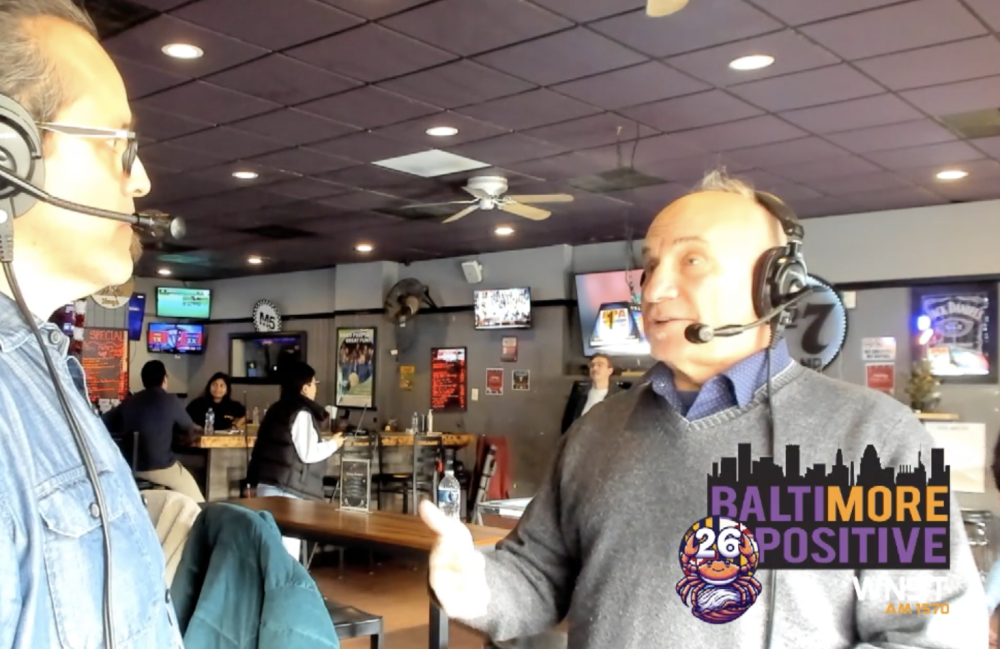Harbaugh was asked if this wasn’t rash decision.
“You try to take it all into account, and you try to come to a conclusion about what is best for your football team,” he said. “We do believe in ‘The team. The team. The team.’ And every decision is based off of what is best for the team. That’s a consideration. I don’t think it will be disruptive. I think it will be positive – I believe that – but it will be up to all of us to make it that way. It’s like we said to the team. The solutions are right here in the room to improving, and our job is to improve. We all get a little bit better. We all work together to be the best that we can be.”
If New England was perceived to be the best team in the AFC in September, and Houston was perceived as the best team in the AFC in October, then by December the Denver Broncos had become the sexy choice to go to New Orleans and Super Bowl XLVII. Peyton Manning had put 30 points on the scoreboard in seven of those eight wins so the offense was ready to test the banged up, maligned defense of Dean Pees on Sunday, December 16 in Baltimore. The Broncos were 10-3 and on a tear. The Ravens were 9-4 and had fired their offensive coordinator two weeks before Christmas.
On the field, there wasn’t as much history between the Ravens and the Broncos – only their 2001 wild card playoff game in Baltimore stands as a monumental meeting over the years, but Charm City had quite a lurid history with Denver’s executive vice president and resident living legend quarterback John Elway.
In 1983, as the No. 1 pick in the NFL draft from Stanford, Elway spurned the Baltimore Colts, but more specifically owner Bob Irsay, who he felt was unstable and would provide a poor environment to begin his career. A top prospect in baseball, Elway told Colts general manger Ernie Accorsi that he’d play baseball for the New York Yankees minor-league organization before he’d ever strap on a helmet in Baltimore.
Days after the draft, Elway was dealt to the Denver Broncos in exchange for tackle Chris Hinton, backup quarterback Mark Hermann, and a 1984 first round draft pick while Irsay was on a Las Vegas bender. It was the worst trade in the history of the NFL. Elway went to Denver and paid just one visit to Baltimore as a pro. It was during that 1983 season when he was serenaded by “Elway Sucks” chants from 52,613 Colts fans in the final season the team would play on 33rd Street before moving to Indianapolis in the middle of the night on March 28, 1984.
Had Elway stayed with the Baltimore Colts, there’s a legitimate argument that could be made that the Indianapolis Colts might’ve never existed and Art Modell would have found another city to escape from Cleveland. Elway and the Broncos and all of their lore had a deep, sad, twist in its lineage that was at the expense of Baltimore sports fans.
And for Ozzie Newsome and the handful of folks inside The Castle who came off Modell’s bus with the Browns, the mere thought of anything related to the Denver Broncos and Elway was mortifying given the reputation he earned from breaking Cleveland’s heart every January in the mid-1980s.
Peyton Manning had his own history with the Ravens. First, he was an Indianapolis legend, which makes him Public Enemy No. 1 in Baltimore, where hating the Colts is a birthright passed down through the generation of the civic forefathers. After all, Bob Irsay abducted the franchise, the horseshoe, the blue and white jerseys, and the records. Add to that the many memories of Manning beating the Ravens over the past decade wearing Johnny Unitas’ uniform, minus one digit. If you’ve ever seen the Barry Levinson movie, Diner, then you know how sick this made Baltimore fans. It was simply unacceptable.
The Colts with Manning as their leader eliminated the Ravens from the postseason in Baltimore in 2007 and in Indianapolis in 2010. Manning had won the last eight games between the two teams.
But this time he was wearing orange and blue and representing the Broncos, whose offense and defense were both fourth-ranked in the NFL, showing the balance of a Super Bowl favorite. Manning had already thrown for 3,812 yards and 30 touchdowns since coming to Denver. The Broncos had already clinched the AFC West title and were simply playing for the bye and home field advantage throughout the playoffs. And no one wants to go to Denver and Mile High Stadium in January.
For Flacco, it was one more chance to try to beat Manning, this time in Baltimore with a new offensive coordinator and a fresh look at an offense that had shown plenty of spurts of life over nearly five seasons and one that always played better at home.
Flacco had a rough start, fumbling on the third play of the first series when former teammate Justin Bannan knocked the ball from his hands. It was only the beginning of a forgettable performance from the guy who had turned down $90 million from his owner.


























